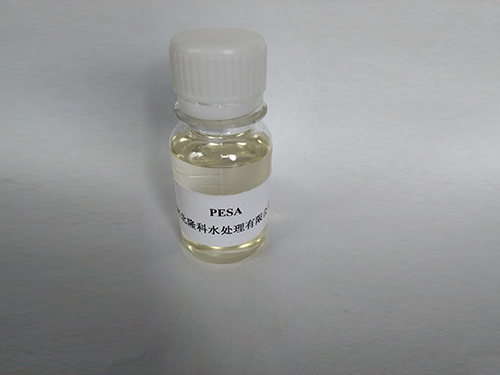cross linked polyacrylamide
Cross-Linked Polyacrylamide A Versatile Polymer for Various Applications
Cross-linked polyacrylamide (CPAM) is a synthetic polymer that has garnered significant interest in both industrial and research applications due to its unique properties. This polymer is derived from the polymerization of acrylamide, which can be cross-linked using a variety of agents to enhance its structural integrity and functionality. The resulting material has numerous applications ranging from water treatment to biomedical uses, making it a topic of ongoing research and innovation.
Structure and Properties
The fundamental structure of polyacrylamide consists of repeating units of acrylamide, which can form a linear chain when polymerized. However, when cross-linking agents are introduced, such as N, N'-methylenebisacrylamide (BIS), the linear chains interconnect, forming a three-dimensional network. This cross-linking significantly affects the physical properties of the polymer, enhancing its mechanical strength, thermal stability, and solvent resistance.
The degree of cross-linking can be modified to adjust the hardness and flexibility of the polymer, allowing it to be tailored for specific applications. For instance, in hydrogels, a higher degree of cross-linking can lead to a more rigid structure, while a lower degree may result in a softer, more pliable material. Moreover, CPAM is hydrophilic, which means it can absorb large amounts of water and swell without dissolving, making it particularly useful for applications in aqueous environments.
Industrial Applications
One of the most prevalent applications of cross-linked polyacrylamide is in water treatment. CPAM operates as a flocculant, a substance that facilitates the agglomeration of suspended particles in water, thereby enhancing the sedimentation process during clarification. This application is pivotal in municipal water treatment plants, where the efficiency of sedimentation fosters cleaner water supplies.
Additionally, CPAM is utilized in agriculture as a soil conditioner. Its ability to retain moisture and improve soil structure can enhance crop yields and promote healthier plant growth, especially in arid regions. The incorporation of CPAM into soil can also aid in erosion control, as it helps bind soil particles together, preventing them from being washed away.
cross linked polyacrylamide

Biomedical Applications
In the biomedical field, the biocompatibility and non-toxic nature of polyacrylamide have led to its use in numerous applications. CPAM hydrogels are increasingly being researched for their potential in drug delivery systems, tissue engineering, and wound healing. The hydrophilic nature of CPAM allows for the encapsulation of hydrophilic drugs, with the possibility of controlled release characteristics tailored through the degree of cross-linking.
Furthermore, CPAM is being explored in regenerative medicine. The biocompatibility of polyacrylamide promotes cellular adhesion and proliferation, making it an excellent scaffold material for cell culture and tissue engineering. Researchers are investigating the potential of CPAM-based scaffolds to support the growth of various cell types, including nerve cells and stem cells, which could have significant implications for regenerative therapies.
Environmental Considerations
Despite its many advantages, the environmental impact of CPAM must be considered. The production and disposal of synthetic polymers pose challenges, especially in terms of biodegradability. While CPAM is not inherently biodegradable, ongoing research aims to develop more sustainable and eco-friendly alternatives, including biodegradable cross-linked polymers. The focus on greener chemistry in polymer synthesis is driving innovations that could mitigate some of the environmental concerns associated with traditional CPAM.
Conclusion
Cross-linked polyacrylamide is a versatile polymer with a wide array of applications in industrial, agricultural, and biomedical fields. Its unique properties, such as high absorbency, mechanical strength, and biocompatibility, make it a valuable material for various uses, from water treatment to tissue engineering. As research continues to explore the potential of CPAM and develop more environmentally friendly alternatives, its significance in both existing and new applications is poised to grow. This dynamic polymer stands as a testament to the adaptability and innovation offered by modern synthetic materials.
-
Water Treatment with Flocculant Water TreatmentNewsJun.12,2025
-
Polymaleic AnhydrideNewsJun.12,2025
-
Polyaspartic AcidNewsJun.12,2025
-
Enhance Industrial Processes with IsothiazolinonesNewsJun.12,2025
-
Enhance Industrial Processes with PBTCA SolutionsNewsJun.12,2025
-
Dodecyldimethylbenzylammonium Chloride SolutionsNewsJun.12,2025





